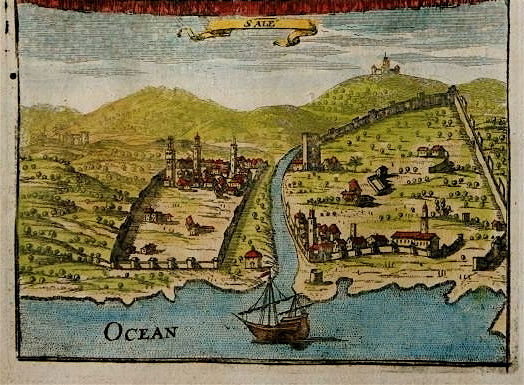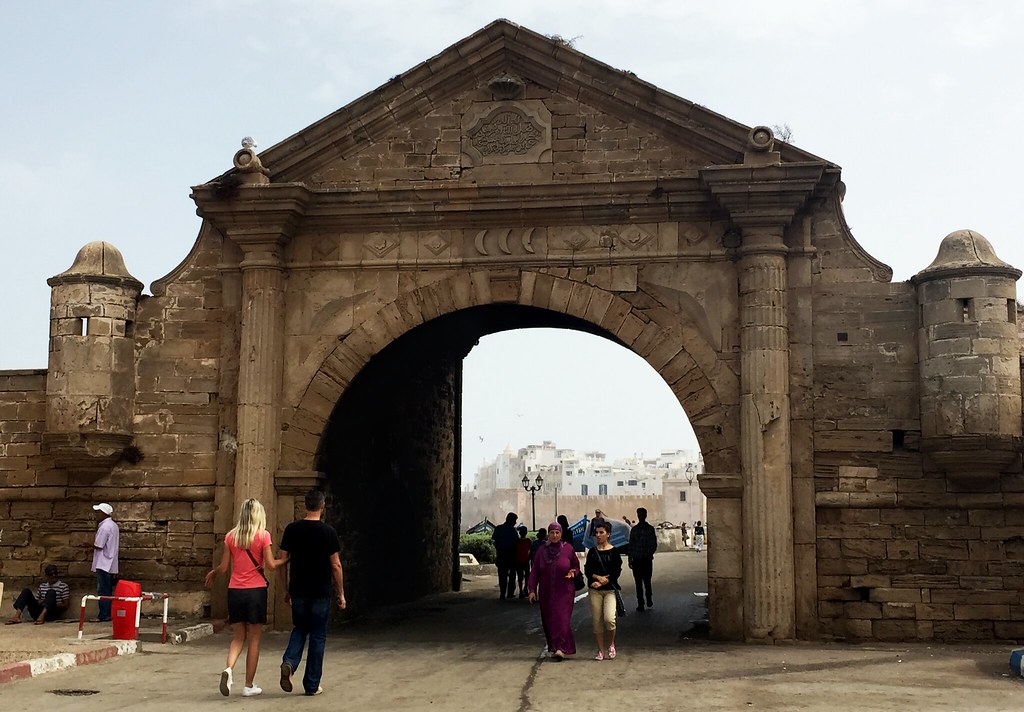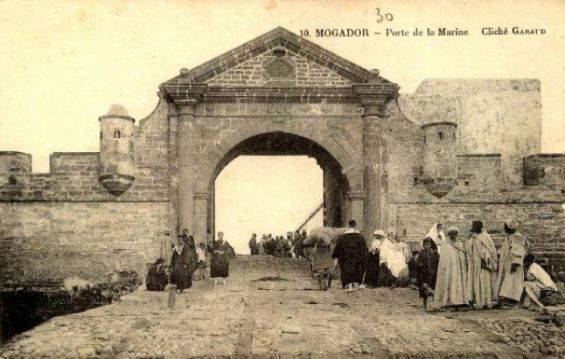Sultan Mohammed ben Abdallah, who reigned Morocco from 1757 to 1790, was an openminded ruler. His modern policy allowed him to establish diplomatic relations with powerful western states, repulse the French in Larache and conquer Mazagan from the Portuguese.
But what distinguished him from his Alaouite predecessors was his architectural works that relied, mostly, on European renegades. One of these foreign architects was Ahmed El Inglizi, known as Ahmed Laalaj.
A Muslim architect and a Salé corsair
In history books, the Englishman is described as an engineer who was hired by the Alaouite Sultan to build important facilities in Essaouira and renovate buildings in Rabat’s ancient medina. The English architect was also known for abandoning Christianity for Islam, as his surname suggests (Laalaj).
This was confirmed by Ahmed Shendy Yousef in his book «Islam Within Judaism and Christianity, a Voice from the Past : Shedding Light on the Unity Between the Torah, Gospel and Quran Scriptures» (AuthorHouse, 2014), where he referred to El Inglizi as Mohammed ben Abdellah’s trusted architect who «converted to Islam in the 18th century».
 The Salé Republic./Ph. DR
The Salé Republic./Ph. DR
While working for the sultan in the Alaouite Kingdom, Ahmed Laalaj joined one of the country’s most renowned bands. According to «The Rough Guide to Morocco» (Routledge & Kegan Paul, 1985), a book by Mark Ellingham and Shaun McVeigh, El inglizi was «one of a number of European pirates who joined up with the Sallee Rovers». The latter was a group of Barbary corsairs who formed later the Republic of Salé on the Moroccan coast.
Bab El Mersa and Rabat's oldest minaret
In addition to his activities as a corsair, the English convert was behind many solid walls and fortifications that still stand still in the cities of Essaouira and Rabat.
One of his famous masterpieces is Bab El Mersa (door of the port), a «monumental door built in blocks of stone in Essaouira», wrote history platform Essaouira.
«All visitors entering the town from the port can see the inscription in Arabic, carved in sandstone», the same source explained. The inscription indicates that the «door, ordered by the glorious one of the kings, Sidi Mohammed, was built by his servitor Ahmed Laalaj».

According to the same source, Laalaj was tasked with finishing the work of French architect Théodore Cornut, who was hired by sultan Mohammed ben Abdellah to design the new city of Essaouira. While Cornut «worked three years on constructing the Scala of the port and the Scala of the Kasbah, the sultan let the English architect fulfill the project».
In Rabat, the English man restored the Kasbah mosque, one of the oldest mosques in the city. To Susan Searight, the author of «Maverick Guide to Morocco» (Pelican Publishing), El Inglizi refurbished, under the orders of Mohammed ben Abdellah, the «Kasbah Mosque, the oldest in Rabat, dating around 1150». Other historical sources suggest that El Inglizi rebuilt the mosque’s minaret.





 chargement...
chargement...













